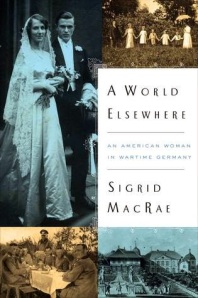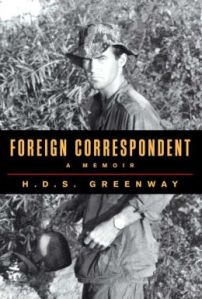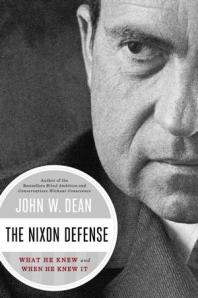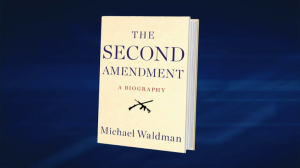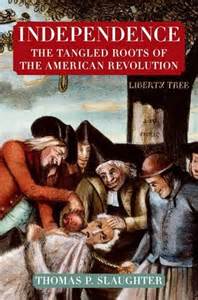By A.J. Langguth. Simon & Schuster, 352 pages, $28.
Reviewed by Jules Wagman
It took 10 years, but the South reversed virtually everything the North won at Appomattox except slavery. The ending of slavery meant that whites had to pay blacks for their work but they didn’t have to provide food, clothing or shelter because their workers were not slaves.
After Lincoln is the fourth book on American history A.J. Langguth has written. He was Saigon bureau chief for the New York Times and later taught at the University of Southern California.
There is nothing new on the “How the North Won the Civil War” part, but Langguth takes us through the decade-long process during which the South restored a shadow of the antebellum life, sans slavery. It was pinched and ultimately proved to be self-defeating.
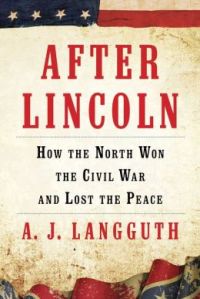
For 10 years, the North had attempted to impose its views of morality, economics and politics, only to be defeated in skirmish after skirmish in the cities and towns, the fields, the ballot boxes and the courts.
At the end of that time, the white upper class had recovered its position of land ownership and political power. Poor whites remained trapped on their pre-war treadmill, and the upper class constantly reminded them that the former slaves were worse-off in every way than they were.
For 10 years, the North had attempted to impose its views of morality, economics and politics, only to be defeated in skirmish after skirmish in the cities and towns, the fields, the ballot boxes and the courts.
Weary from the battle and, by 1876, more interested in its increasing wealth and industrial power, the North turned its back on the old Confederacy, satisfied to let those states act pretty much as they pleased.
That culminated in the 1890s with the U.S. Supreme Court holding that “separate but equal” schools for whites and blacks were constitutional. State after state, both North and South, also adopted laws banning mixed marriages. Jim Crow became the law of the South and was practiced throughout the nation.
Langguth describes efforts made since then to break down the barriers, notably the civil rights movement and laws of the 1960s. He finished his book too early to assess the significance of the killing of Michael Brown, an unarmed black teenager in Ferguson, Mo., in August. Ironically, Ferguson is the name of the case by which the High Court legalized school segregation in the South.
So now we have a black president, and too many of us have broken our arms patting ourselves on our backs over that.
In Jacksonville, Fla., where I live, black firefighters are still being confronted by racist signs and emblems in their fire stations. Jordan Davis’s killing over loud music on a car radio is a separate matter. Are race relations better here than when I moved here in 1985? I think not.
Though the black middle class is expanding (and we can break our other arm patting ourselves on the back over that) I saw some economic statistics during the Labor Day weekend that put blacks as a bloc in worse shape vis a vis whites, than they were at the end of the 20th century.
The votes in 1876 of the special election commission that gave the presidency to Rutherford B. Hayes and not to Samuel J. Tilden also ended Reconstruction. There were eight Republican commissioners voting for Hayes, seven Democrats for Tilden.
Was Lincoln the only white in the country who wanted to free the slaves?
Jules Wagman has been reviewing books since 1966.
©2014 by Jules L. Wagman

